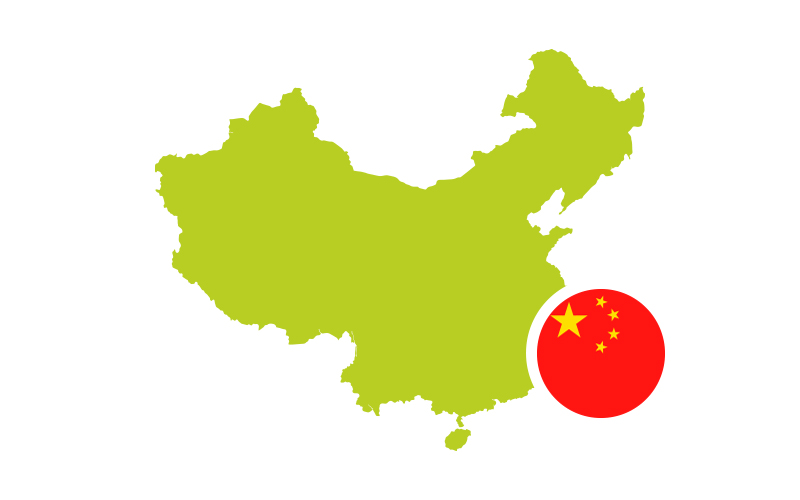Projecttitel: Monk Fruit – a natural high potency low calorie sweetener
Projectnummer: SMP-16045
Kernthema: Klimaatneutraal
Looptijd: 2016
Budget: € 50.000
Projectleider: Marloes Groenewegen
Kennisinstelling: Wageningen UR
Projectpartners: Ariza, Arla Foods, Beek Advisary Services, Fujian Agriculture and Forestry University, Fruityline, Growers under contract of MFC, Guangxi Inst. of Botany, Guilin Dadi Biotech Comp, Guilin Science and Technology Department, Monk Fruit Company, Natudis, Nederlandse Ambassade in China, Prinsen.
Samenvatting
Monk fruit has a – by industry recognized – high potency as a low calorie sweetener. Monk Fruit is a species from the cucurbitaceae family that is native to certain regions in China and Thailand. The plant is a protected species in China and it is not allowed by law to export living plant material. The fruit of the plant contains a family of exceptionally sweet glycosides called mogrosides (about 0.5 – 1% of the fresh weight). The fruit are used already for thousands of years to prepare hot and cold drinks. The sweet compounds can also be extracted from the fruit and used as natural, non-calorie sweetener. The active compound, mogroside-5, is about 300 times more sweet than sugar. It is free of the somewhat bitter aftertaste of the plant based stevia concentrate. The intense sweetness, fruit-based origin and absence of aftertaste makes it a highly interesting sweetener. Several companies in China produce monk fruit products (dried fruits, concentrates, powdered formula) containing varying amounts of mogroside-5. The sweetener is actually already used for many years in over 200 consumer products, mainly in Asian countries.
The largest monk fruit processing company is The Monk Fruit Company (MFC) which is located in Guiling and is the demanding company (SME) in this project. MFC has developed an effective protocol to extract mogroside-5 from the fruit and produces a range of monk fruit products (dried fruits, extracts with varying purity and sweetness, powder).
Many Dutch SME food companies like Ariza, Fruityline, Natudis and Prinsen and Dutch Industry like ArlaFoods regard monk fruit as a promising sugar alternative to reduce calories and as a possible alternative to stevia due the absence of aftertaste and the fact that the monk fruit sweetener is juice based which fit the clean and clear label strategy of these companies.
Juliana Martinez-Sanchez, the scientific and regulatory affairs director of Cargill stated in Nov 2015 at the Food Matters Live event in London that the current problems for monk fruit are:
- the supply (will supply be enough for major uptake);
- costs (currently the costs are 4 times higher than for stevia per unit sweetness base);
- regulatory (not yet approved for EU).
Wageningen UR and the partners in this proposal recognize these problems but we all do see many opportunities to scale-up the monk fruit production, to improve the processing chain, and to make this natural sweetener available for Dutch industry to reduce sugar content and improve quality of (organic) products.
Aim(s) of the project
- To make an in-depth inventory of the current local monk fruit production-processing chain; to identify the main bottlenecks with respect to upscaling the business such that greater amounts of fruit or fruit-derived sweetener formulations can be produced in a sustainable (and organic) way and become cost efficient available for Dutch and Chinese industry to improve consumer products.
- To build a consortium for a Public and Private Partnership proposal (PPS) for an integrated approach to this topic. Including partners throughout the whole chain (producer, technology and supply chain partner, ingredient supplier, food manufacturers and retailers both in China and NL).
- Monk fruit has a – by industry recognized – high potency as a low calorie sweetener. Monk Fruit is a species from the cucurbitaceae family that is native to certain regions in China and Thailand. The plant is a protected species in China and it is not allowed by law to export living plant material. The fruit of the plant contains a family of exceptionally sweet glycosides called mogrosides (about 0.5 – 1% of the fresh weight). The fruit are used already for thousands of years to prepare hot and cold drinks. The sweet compounds can also be extracted from the fruit and used as natural, non-calorie sweetener. The active compound, mogroside-5, is about 300 times more sweet than sugar. It is free of the somewhat bitter aftertaste of the plant based stevia concentrate. The intense sweetness, fruit-based origin and absence of aftertaste makes it a highly interesting sweetener. Several companies in China produce monk fruit products (dried fruits, concentrates, powdered formula) containing varying amounts of mogroside-5. The sweetener is actually already used for many years in over 200 consumer products, mainly in Asian countries.The largest monk fruit processing company is The Monk Fruit Company (MFC) which is located in Guiling and is the demanding company (SME) in this project. MFC has developed an effective protocol to extract mogroside-5 from the fruit and produces a range of monk fruit products (dried fruits, extracts with varying purity and sweetness, powder).Many Dutch SME food companies like Ariza, Fruityline, Natudis and Prinsen and Dutch Industry like ArlaFoods regard monk fruit as a promising sugar alternative to reduce calories and as a possible alternative to stevia due the absence of aftertaste and the fact that the monk fruit sweetener is juice based which fit the clean and clear label strategy of these companies.Juliana Martinez-Sanchez, the scientific and regulatory affairs director of Cargill stated in Nov 2015 at the Food Matters Live event in London that the current problems for monk fruit are:
- the supply (will supply be enough for major uptake);
- costs (currently the costs are 4 times higher than for stevia per unit sweetness base);
- regulatory (not yet approved for EU).
- Wageningen UR and the partners in this proposal recognize these problems but we all do see many opportunities to scale-up the monk fruit production, to improve the processing chain, and to make this natural sweetener available for Dutch industry to reduce sugar content and improve quality of (organic) products.Aim(s) of the project
- To make an in-depth inventory of the current local monk fruit production-processing chain; to identify the main bottlenecks with respect to upscaling the business such that greater amounts of fruit or fruit-derived sweetener formulations can be produced in a sustainable (and organic) way and become cost efficient available for Dutch and Chinese industry to improve consumer products.
- To build a consortium for a Public and Private Partnership proposal (PPS) for an integrated approach to this topic. Including partners throughout the whole chain (producer, technology and supply chain partner, ingredient supplier, food manufacturers and retailers both in China and NL).
Links
Deel dit bericht


